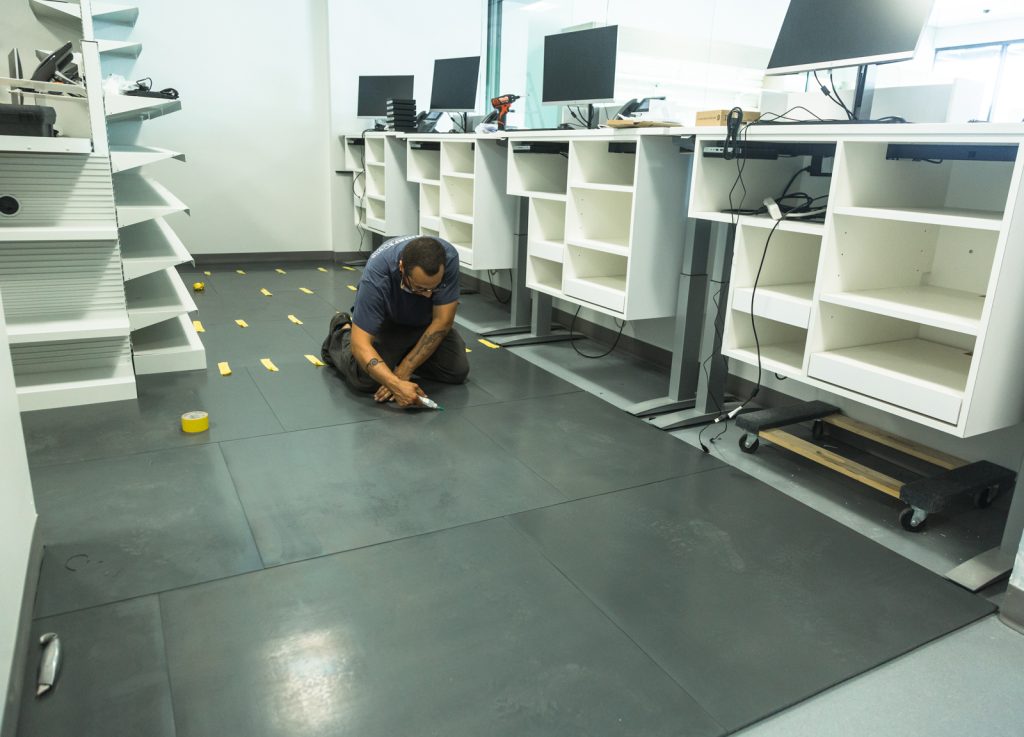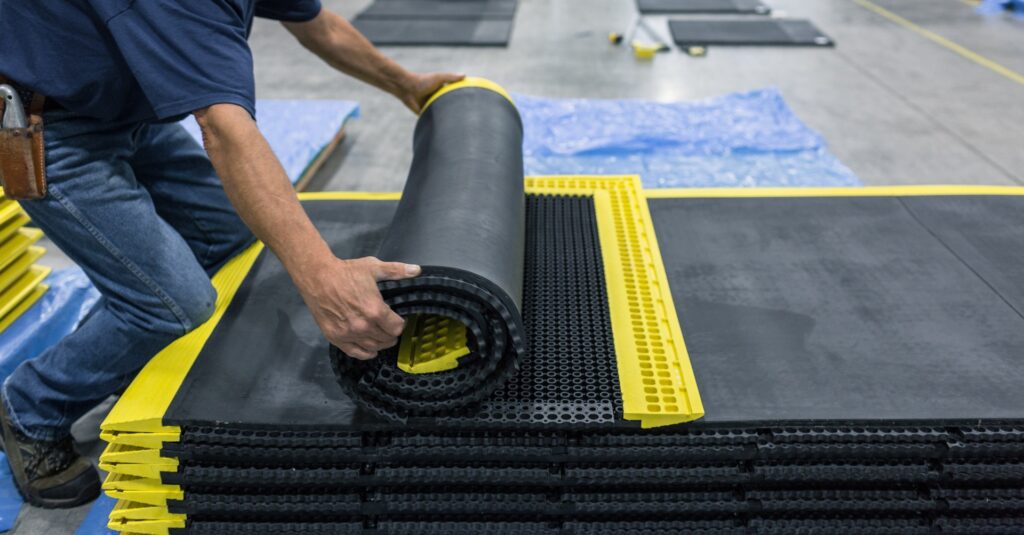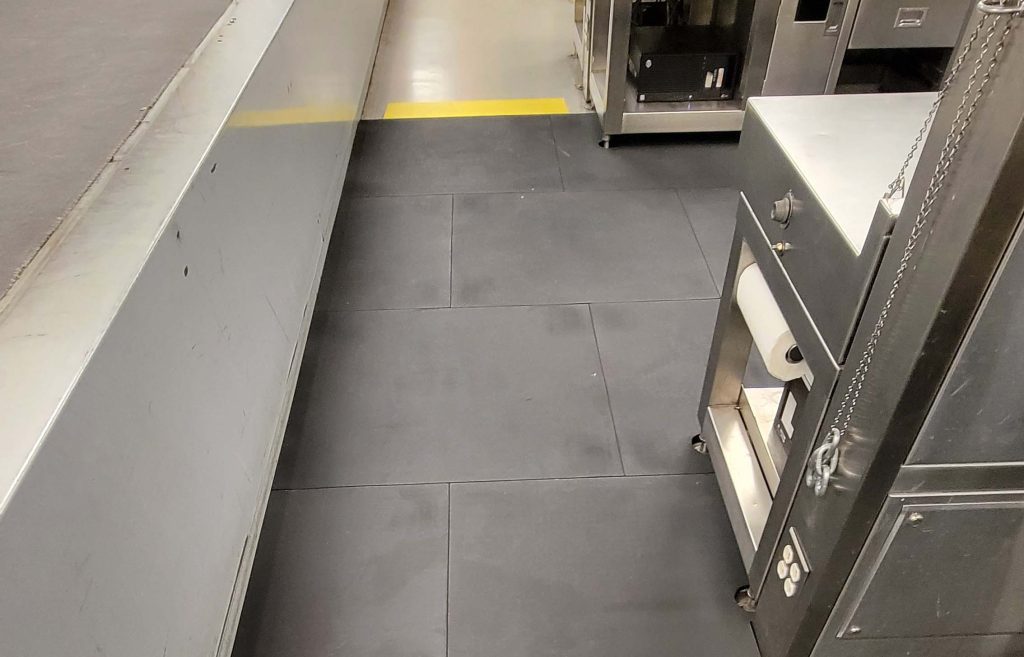Blog
Podcast: Factors to Consider When Purchasing Anti-Fatigue Solutions
- Derek Hawn
- September 2, 2020
- 12:00 pm
- No Comments
- 1 minute
Not all anti-fatigue solutions are the same. With many variables and factors to consider, Bob Bishop, President of SmartCells, lent his knowledge and expertise to help host Tyler Kern break down the importance of making the right decision regarding anti-fatigue solutions to ensure optimal cushioning and support.
Bishop said there are nine main points that people need to ask themselves when purchasing a true anti-fatigue solution.
“At the top of that list of questions,” Bishop said, “is, ‘Are the mats, or anti-fatigue surface, optimized?’”
A surface that is too hard or too soft can be equally strenuous on the body when standing on them for long periods. People need a “baby bear” solution – one that’s just right.
Comfort is not the only consideration.
“Not all products are suited for all environments,” Bishop said. “It’s especially so when you look at the common materials that make up many anti-fatigue products. Most anti-fatigue products, especially those at the lower end, are made out of foam, gel-based materials. They might have some thin top cover on them, but that wears through easily.”
Bishop cautioned that, in environments where the flooring gets wet frequently, those foam, gel-based mats soak up the water like a sponge, creating hazards and reduced longevity.
“One thing that doesn’t get brought up a lot,” Bishop said, “is the responsiveness of the materials. “SmartCells can take a vertically loaded force, or somebody stepping on a mat, and distribute that energy horizontally. And, because of the material’s rubber, it’s responsive to people’s movement. So when you move on SmartCells, these cells spring up to their original dimensions, returning energy to whoever’s using the product.”
The Peculiar Story of How Rubber Mats Can Protect Your Employees and Bottom-line
SmartCells’ Top 5 Safety Tips for National Safety Month 2021
9 Things to Consider When Buying An Ergonomic Mat
Anti-fatigue floor mats: When Subtle Instability is Beneficial
The Fundamentals: Why Every Anti-Fatigue Solution Needs Adequate Support
How SmartCells Anti-Fatigue Solutions Can Transform Your Work Environment
Case Study: How SmartCells Reduce Medical Lab Fatigue
A Year of COVID: The SmartCells Pandemic Journey
Is Your Mat Optimized for Softness and Hardness?
Elevating Commercial Spaces with SmartCells Anti-Fatigue Mats
Let us help you find the right solution
Not sure where to start? Our customer service and sales representatives – who are just as knowledgeable about the product as the scientists who created it – would be happy to help you understand more.




